Ensuring food security and nutritional security for people
Our country's livestock and veterinary industry, after about 8 decades since President Ho Chi Minh signed the decree to establish the Veterinary Department (1945) and the Animal Husbandry Department (1950), has had a clear transformation.
Over 80 years of development and growth, the livestock and veterinary industry not only plays a key role in ensuring food security but also contributes to economic and social development (especially in rural areas).
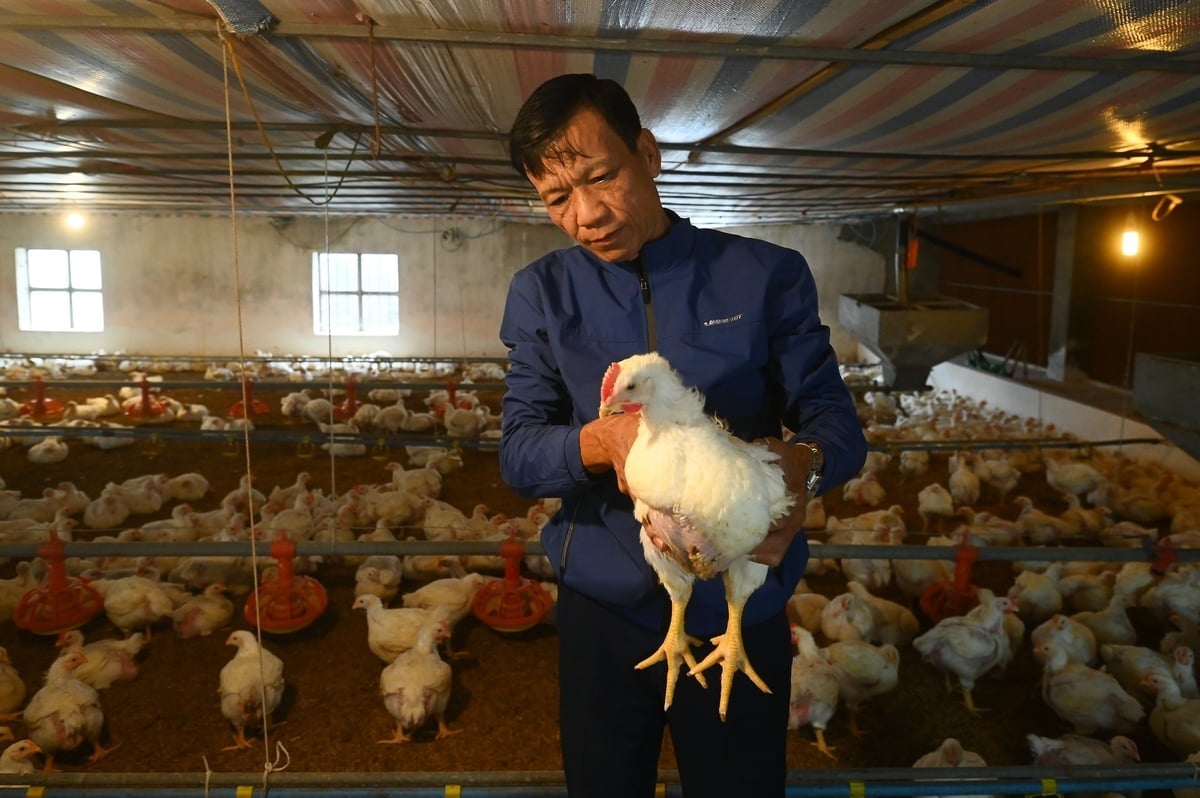
Animal husbandry is the sector with the highest and most stable growth rate of added value in agriculture . Photo: Minh Anh.
In the past 15 years (2010-2024), livestock farming is the sector with the highest and most stable growth rate in added value in agriculture, about 4.5-6.5%/year. Livestock productivity is estimated to increase from 5-20% depending on the target. In particular, meat output of all kinds increased more than 2 times (from 4.0 million tons to more than 8.28 million tons), eggs increased 3 times (from nearly 6.4 billion to 20.2 billion), fresh milk increased 4 times (from 0.3 million tons to 1.2 million tons). Some livestock products have initially affirmed the value and brand of Vietnam in the international market such as honey, suckling pigs, bird's nest, salted duck eggs, milk and processed chicken...
Many areas of the livestock and veterinary industry have now achieved a high position in the region and in the world. Pig farming ranks 5th in terms of head and 6th in terms of output; waterfowl ranks 2nd in the world (over 100 million heads); raw milk production ranks 3rd in the ASEAN region; industrial animal feed production (21.5 million tons) ranks 1st in Southeast Asia and 12th in the world.

Animal husbandry and veterinary medicine have created livelihoods for about 6 million out of about 8 million agricultural households, contributing to changing the face of rural areas. Photo: Minh Anh.
Along with cultivation, livestock and veterinary medicine have created livelihoods for about 6 million households out of about 8 million households engaged in agricultural production, contributing to changing the face of rural areas. From a place where we lacked food and had to import it, our country's livestock industry has developed continuously in recent times to not only basically ensure the supply of meat, eggs, and milk for the needs of more than 100 million domestic people and more than 10 million tourists each year, but also participate in the export market, thereby contributing about 25-27% of agricultural GDP. From a national perspective, livestock products not only contribute to ensuring food security but also ensuring nutritional security for the people.
Outstanding achievements
Over the past 15 years, there have been more than 200 outstanding scientific research projects in the field of animal husbandry and veterinary medicine; 120 technical advances in the field of animal husbandry and veterinary medicine have been recognized. Basically, Vietnam has mastered the technology of selecting and creating pig and poultry breeds; successfully researched and manufactured many types of vaccines for livestock...
In the most recent period of 2013-2024, 47 new livestock breeds were recognized. Currently, 59 breeds with high productivity and quality have been put into production, including 16 new breeds, 12 imported breeds and 31 hybrid breeds. From 2009 - 2024, the livestock breed sector has 87 technical advances, many of which are technical advances in chicken breeds, waterfowl breeds, etc.
Although the animal feed production industry had a lower starting point than other countries in the region and the world, after more than 30 years, Vietnam is in the top of the ASEAN region and in the top 10 in the world in terms of industrial animal feed production.
To date, the country has 267 facilities producing complete mixed industrial animal feed with an average annual output of 21 million tons. Technical advances in the production process of feed for pigs and geese and straw processing for buffaloes and cows are widely applied throughout the country.
Along with that are studies on the use of products, by-products of the farming industry, seafood processing, insect products used as animal feed, research on single ingredients in animal feed production... not only contribute to increasing efficiency but also reduce environmental pollution. However, our country does not have a big advantage in producing animal feed ingredients other than the advantage of rice production, so the use of imported ingredients still accounts for a large proportion and is a challenge in terms of scientific and technological solutions for animal feed in Vietnam.
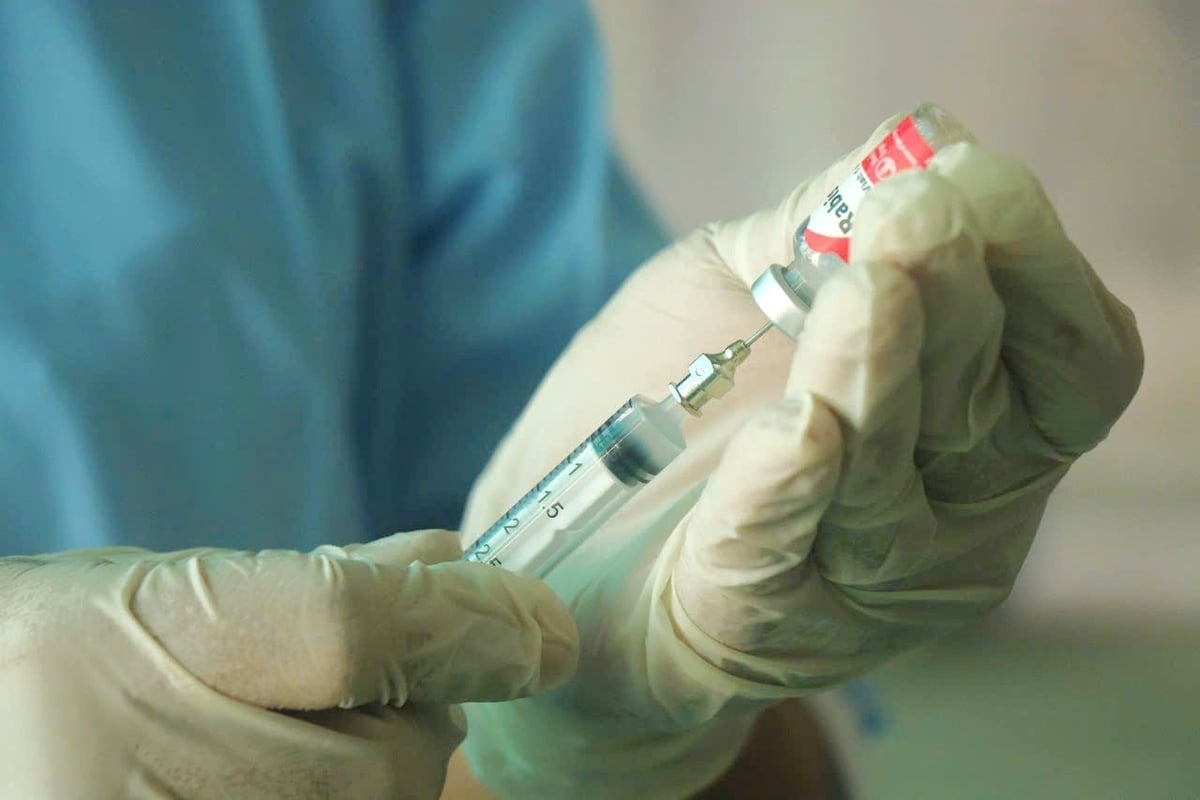
Research and production of vaccines and veterinary medicine is a highlight. Photo: Minh Anh.
To ensure the safety of livestock and poultry, in recent times, we have drastically and synchronously implemented prevention and control solutions, thereby completely eliminating the bovine cholera epidemic in Vietnam in the late 70s of the 20th century. This used to be a very dangerous disease, greatly affecting cattle breeding, agricultural production in Vietnam and all countries in the world.
Effectively control dangerous diseases transmitted between animals and humans, especially Anthrax (which previously killed thousands of livestock and dozens of people each year); avian influenza A/H5N1, A/H5N6 (which killed 64 people and forced the destruction of over 65 million poultry of all kinds), contributing to preventing influenza A/H7N9 from entering the country; rabies in animals (which killed hundreds of people each year); and effectively control many dangerous diseases such as blue ear disease, classical swine fever, anthrax, stamp rot, Newcastle disease, Gumboro, etc.
Research and production of vaccines and veterinary drugs is a prominent mark. Up to now, Vietnam has not only proactively produced over 70% of the quantity and types of vaccines and veterinary drugs to meet domestic demand, but also exported to more than 45 countries every year, earning hundreds of millions of USD. Vietnam is the first country in the world to have successfully researched and produced an African swine fever vaccine (in 2020).
Currently, Vietnam has 3 types of vaccines licensed for production and commercialization and has successfully produced a vaccine to prevent foot-and-mouth disease type O, one of the most dangerous diseases in livestock; a vaccine to prevent porcine reproductive and respiratory syndrome (PRRS); and has controlled a number of major diseases such as: Classical swine fever, Newcastle disease, Gumboro disease, Marek's disease... causing heavy damage to the livestock industry.
Source: https://nongnghiepmoitruong.vn/khang-dinh-vi-the-nganh-chan-nuoi-tren-ban-do-kinh-te-nong-nghiep-d783477.html










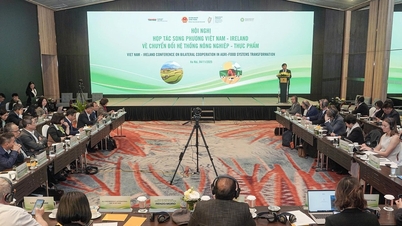



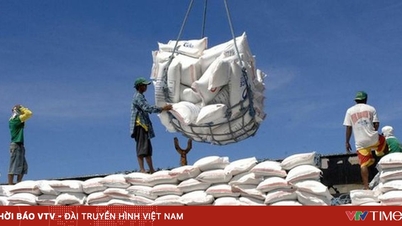

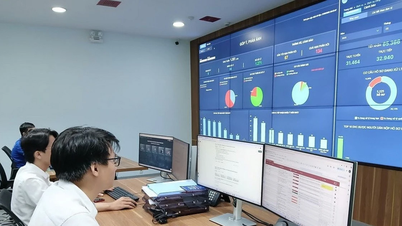


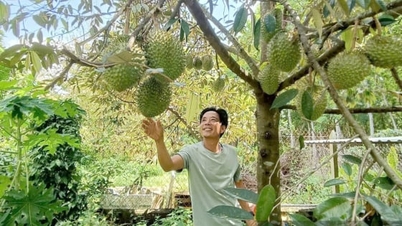
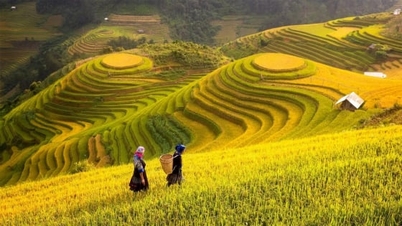










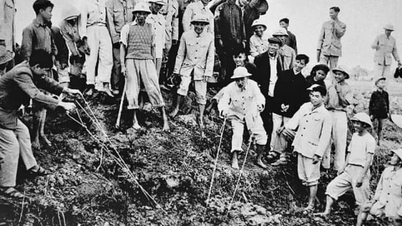

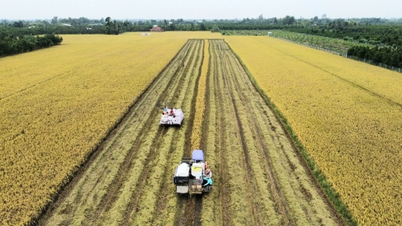


















































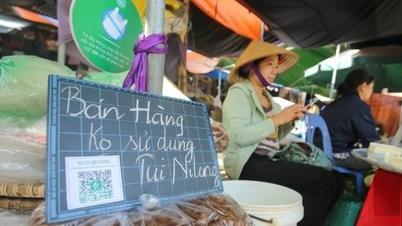



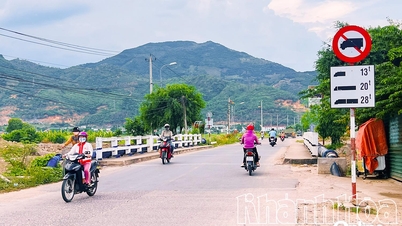







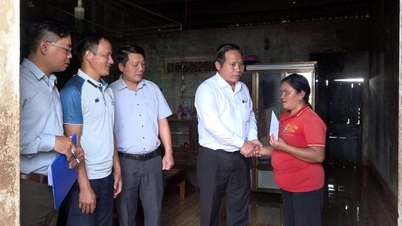

![Dong Nai OCOP transition: [Article 3] Linking tourism with OCOP product consumption](https://vphoto.vietnam.vn/thumb/402x226/vietnam/resource/IMAGE/2025/11/10/1762739199309_1324-2740-7_n-162543_981.jpeg)










Comment (0)